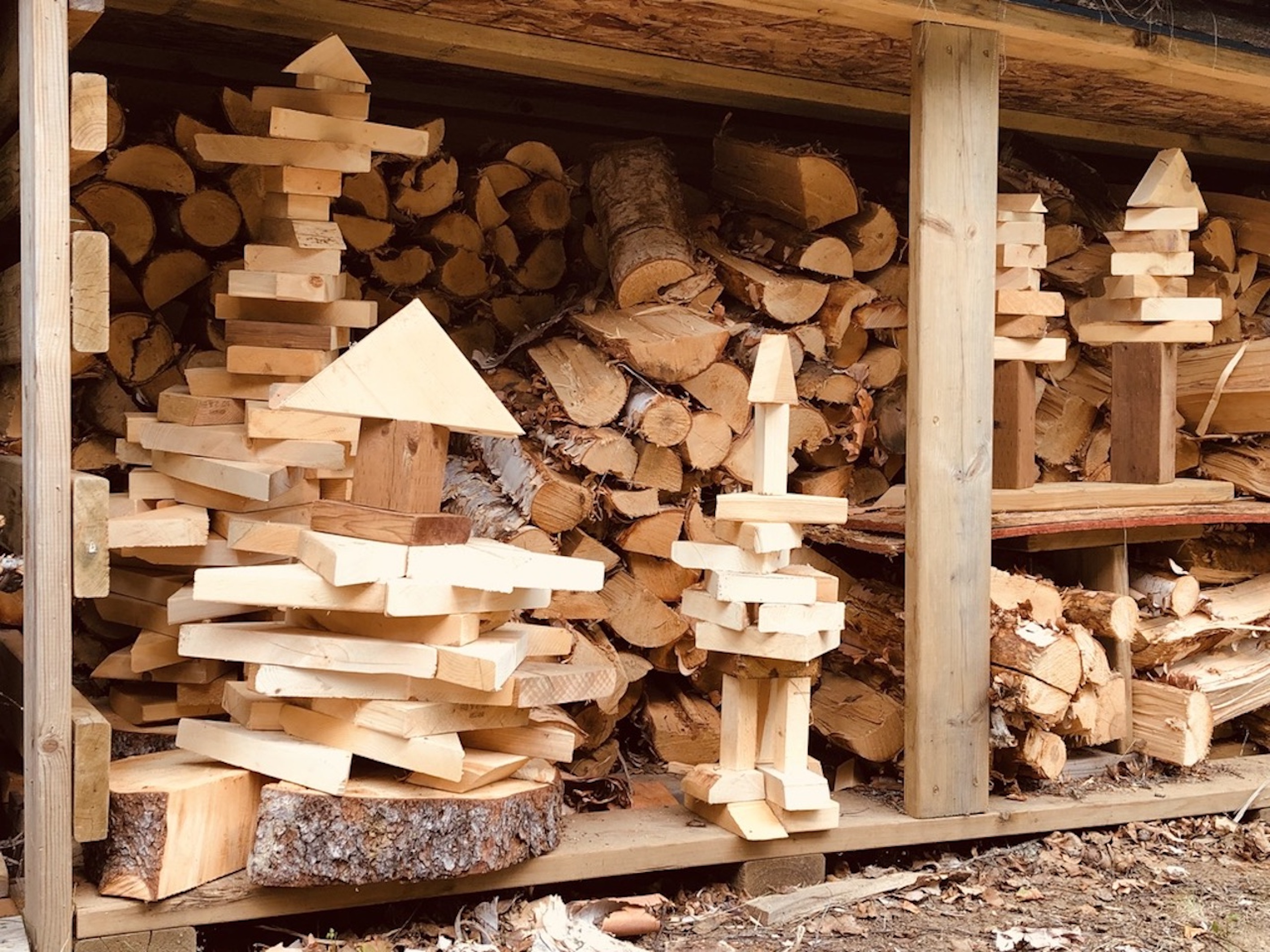Falling Towers: A Letter to my Child’s Teacher
DOI:
https://doi.org/10.25071/1916-4467.40767Keywords:
epistolary genre, measurement, curriculum studies, JCACS editorialAbstract
Using the epistolary genre, this editorial is embedded in a fictional letter written to a teacher. The discussion is spurred by a teacher writing a mark in bold felt pen directly on a student’s drawing of the Eiffel Tower. This reflexive inquiry laments the deep wounding of the joy of learning by metrics, measurements and efficiency, while registering the imperative to change this path. Using the metaphor of the “tower” to theorize current damaging curricular practices, this editorial questions how, amidst the uncontrol and fear in a global pandemic, the challenging truths of unmarked graves, devastating climate disasters, global food insecurity, among other sufferings, teachers can imagine hope-inspired, healing-centred pedagogies and ”assertive mutuality . . . [through] co-action, interconnection . . . [and] the capacity to act and implement as opposed to the ability to control others” (Kreisberg, 1992, p. 86). The task of recognizing, naming and dismantling towers—in essence, leaving one’s home, and building new relational frames, while the world is falling—requires extraordinary hope, as shown in the articles in this issue.
References
Akomolafe, B. (2012). Kinship: Belonging in a world of relations [Endorsement for book series]. Center for Humans & Nature. https://www.humansandnature.org/kinship
Cole, A. L., & Knowles, J. G. (2001). Qualities of inquiry: Process, form, and ‘goodness’. In A. L. Cole & J. G. Knowles (Eds.), The art of writing inquiry. Backlog Books & Centre for Arts-informed Research.
Dissanyake, E. (2000). Art and intimacy. University of Washington Press.
Edel, L. (1984). Writing lives: Principia biographica. N. W. Norton.
Eisner, E. W. (1981). On the differences between scientific and artistic approaches to qualitative research. Educational Researcher, 10(4), 5-9. https://doi.org/10.3102/0013189X010004005 DOI: https://doi.org/10.3102/0013189X010004005
Gibran, K. (1923). The prophet. Alfred A. Knopf.
Hytten, K. (2010). On being wider-awake in the world. In R. Lake (Ed.), Dear Maxine: Letters from the unfinished conversation with Maxine Greene. Teachers College Press.
Kreisberg, S. (1992). Transforming power: Domination, empowerment and education. State University of New York Press.
Sameshima, P. (2007). Seeing Red: A pedagogy of parallax. Cambria Press. DOI: https://doi.org/10.17077/2326-7070.1405
Sameshima, P. (2013). Slow love: Living and teaching through Rilke letters. In T. Kress & R. Lake (Eds.), We saved the best for you: Letters of hope, imagination and wisdom to 21st century educators (pp. 231-238). Brill / Sense. https://doi.org/10.1007/978-94-6209-122-1_51 DOI: https://doi.org/10.1007/978-94-6209-122-1_51
Sameshima, P., Katz, R., Shariff, S., & Dietzel, C. (2020, Oct.). Novel, educational and legal responses to technology-facilitated sexual violence. AoIR Selected Papers of Internet Research. https://doi.org/10.5210/spir.v2020i0.11146 DOI: https://doi.org/10.5210/spir.v2020i0.11146
Sameshima, P., & Slingerland, D. (2015). Reparative pedagogy: Empathic aesthetic learning. Canadian Review of Art Education, 42(1), 1-21.
Société d’exploitation de la Tour Eiffel (SETE; n.d.). https://sete.toureiffel.paris/en
Thomashow, M. (1995). Ecological identity: Becoming a reflective environmentalist. Institute of Technology Press.
Truth and Reconciliation Commission of Canada. (2015). Honouring the truth, reconciling for the future: Summary of the final report of the Truth and Reconciliation Commission of Canada. https://nctr.ca/about/history-of-the-trc/trc-website/
Van Horn, G., Wall Kimmerer, R., & Hausdoerffer, J. (2021). Kinship: Belonging in a world of relations [Book series]. Centre for Humans and Nature. https://www.humansandnature.org/kinship
Downloads
Published
How to Cite
Issue
Section
License
Copyright (c) 2021 Pauline Sameshima 
Copyright for work published in JCACS belongs to the authors. All work is licensed under a Creative Commons Attribution-ShareAlike 4.0 International license.


